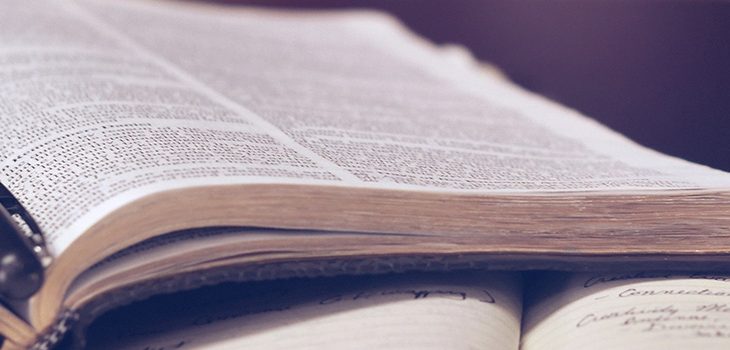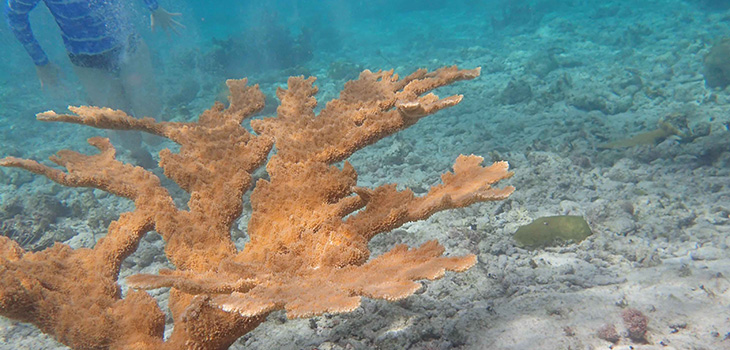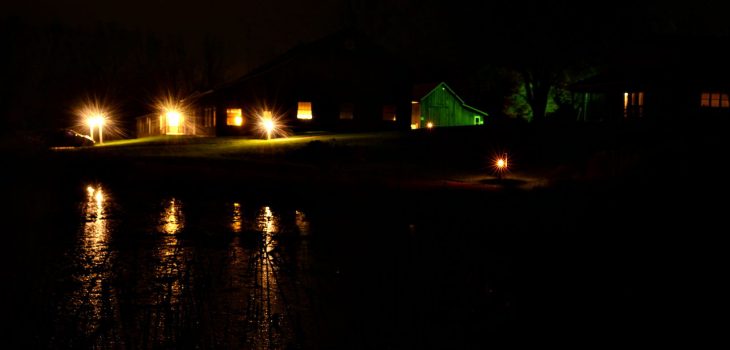The cornfield looked like any other cornfield in Northwestern Illinois. But the group tramping across it was an unusual combination of people. Two past presidents of the Ho-Chunk Nation and leaders of the Jo Daviess Conservation Foundation, Elizabeth, Ill., were surveying land together. An archaeologist and Merry Lea’s Dave Ostergren completed the party.
“I wish I could do those three days all over again,” Dave says, reflecting on the week he dropped everything to walk in the woods and visit burial mounds in the rolling hills near Galena, Ill.
The group from Jo Daviess was seeking input from the Ho-Chunk elders on how they should manage a land donation they had received. They hoped to collaborate on a management plan related to Native American mounds and artifacts. What would the Ho-Chunk like to see happen? How could their organization be respectful to the land and its cultural history?
Where’s the sacred area?
“We’ll hike across this cornfield and then we’ll get to the sacred area,” the director of the foundation said at one point.
“It’s all sacred,” John, a member of the Ho-Chunk, responded. The group paused at this and laughed at themselves for needing reminding that indeed, all land is sacred. It was a profound moment for Dave as they realized that all this land—cornfields, pastures, parks, burial mounds and woods — was and is still part of the Ho-Chunk culture.
“Why are you doing this?” John asked later. Over food and during windy walks in the sunshine, the conservation organization representatives explained why it is important to them to take care of the land, and the Ho-Chunk representatives listened. When the Ho-Chunk talked, the conservationists listened.
These shared stories and experiences are building the foundation for collaborative management and restoration. Jo Daviess will provide the labor and funding, while the Ho-Chunk offer advice and information from lessons learned elsewhere.
Dave came to be part of the Illinois gathering because Traditional Ecological Knowledge (TEK) is his primary research area. TEK is the kind of understanding of a landscape that Indigenous Peoples possess through living in one area for centuries.
“The thing I am interested in is not the knowledge itself but the dynamics between Western trained ecologists and people who hold TEK,” Dave explains. “If people want to do holistic ecological restoration, why aren’t they doing it? How can they work with tribes?” He knows how rare it is for trust and mutual respect to align in ways that allow Indigenous Peoples and Westerners to collaborate, even when both care about the health of the land.
Important work for peacemakers
“TEK is an important area for Merry Lea and Goshen College because of our historic roots in peacemaking,” Dave says. There is also a justice angle: Tribes have frequently had their knowledge appropriated and trampled on.
For the past five summers, Dave has worked with master’s and undergraduate research assistants to answer those questions. Ben Shelly (GC 2016), Hannah Barg, (GC 2016), Naomi Gross (GC 2017) and Kaitlyn Bradley (MAEE 2017) have worked with him on this project. In a state where there are no tribal lands, simply figuring out who to talk to and where the action might be was a challenge. They began by making contacts with national parks and local Potawatomi members. One year they surveyed the attitudes of Western-trained ecologists. Other projects involved updating bibliographies and working with the National Park Service on its TEK webpage.
Once in awhile, this kind of background work yields priceless encounters. The fact that Hannah Barg’s father was the president of the Jo Daviess Conservation Foundation was the unlikely link that brought Dave into the Ho-Chunk encounter.
“It’s all sacred,” Dave muses, recalling the cornfield incident. “I think we would manage the land very differently if that’s how we thought about it.”
See the National Park’s TEK webpage for more information on Traditional Ecological Knowledge. Ω



